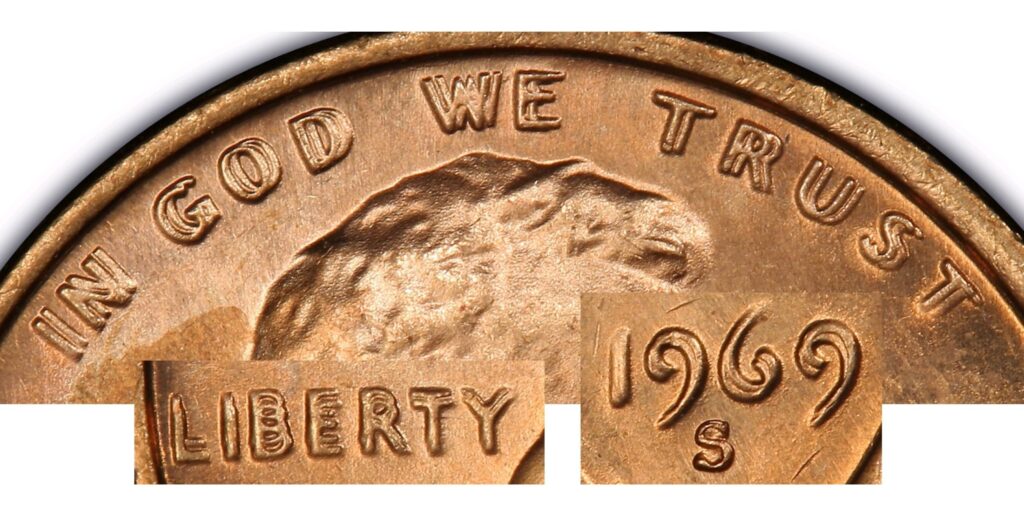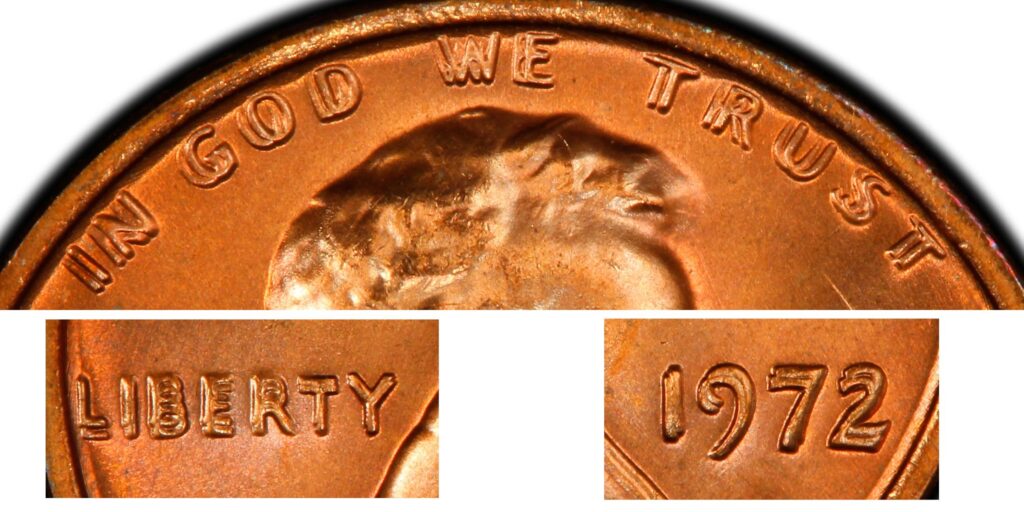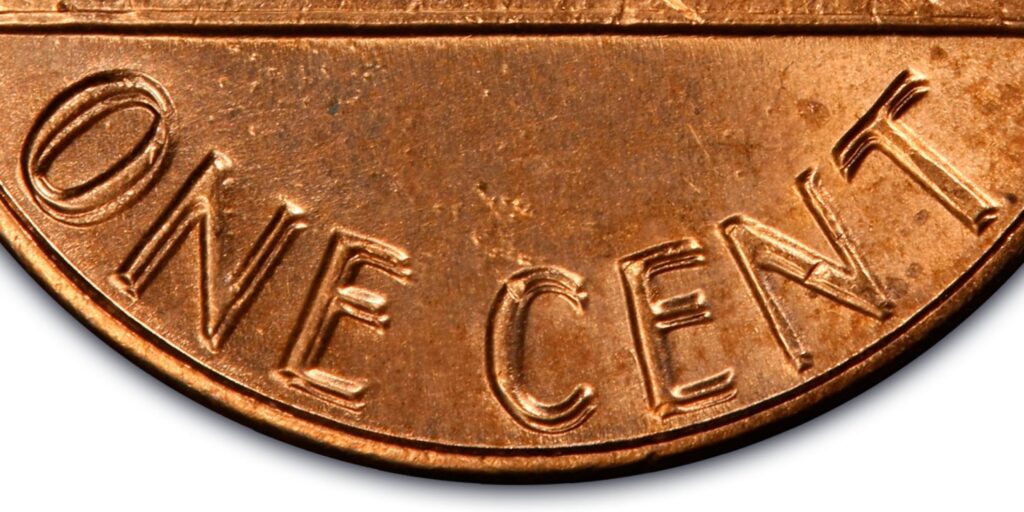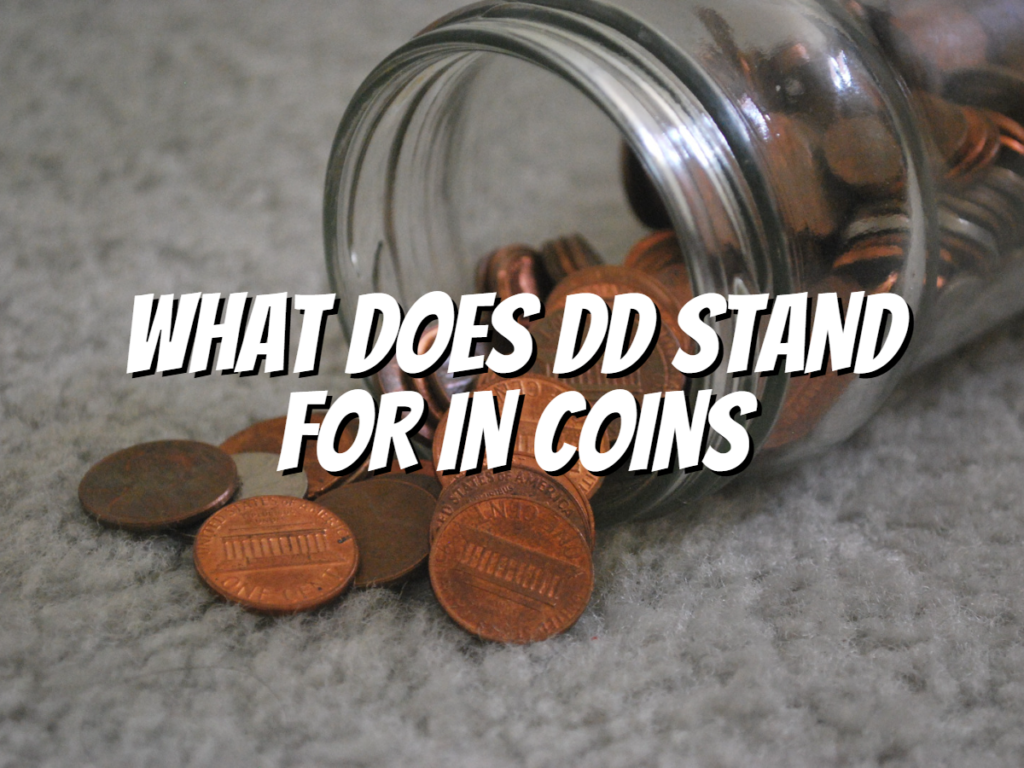In this article, we’ll cover Double Die coins, what they are, and how this error happens in coins.
There is a wide variety of coin errors available in circulation, but one of the most popular is the double-die coins.
So let’s jump right into it!
What Does DD Stand for in Coins
Coins struck twice with the same die are known as double dies. Making a coin involves stamping (or striking) an image of your chosen design onto a blank piece of metal called a planchet.
This process is repeated when making coins, so if you wanted to see another side of your coin, you would have to strike it again to make it visible on the opposite side.
What Does It Look Like?

A double-die coin looks like it has two layers, but it’s only one layer. The other layer is just an illusion created by the doubling effect of the minting process.
As for spotting a double-die coin, look closely at the coin’s design and see if there are any differences between what you’re seeing and what you remember seeing on your last trip to the bank.
If there are variances—for example, if some letters look broader or smaller than they did last time—then that could be your sign that something is awry in this particular coin’s production process.
Also, keep an eye out for coins with an extra rim around them or those stamped twice with different designs on either side.
These are other signs of double-die coins being produced by errors in minting equipment or processes at various facilities around the world!
How Does It Happen?
Understanding how coins are made can help you appreciate your coin’s process and value even more.
- Reproduction of the dies: The process begins with the making of master dies, which are then used to make working dies and, ultimately, coinage.
- Die preparation: Once a die has been selected, it must be prepared for use. This includes adding an inscription or pattern, such as “DEI GRATIA REGINA” (in Latin), which means “By the Grace of God Queen,” on British sovereigns minted between 1817 and 1936.
- Die casting: After being prepared, these masterpieces are sent off to be cast in either sand or plastic molds that give them their final form, as well as creating enough extra metal around them so they can be removed easily once they harden enough. The result is an impression in a solid block called a slug, from which all subsequent coins will be created by stamping or punching out pieces using rollers similar to those used for paper money production.
What Are The Most Famous Double Die Coins In U.S. history?
A doubled die is a coin that has received the same stamping twice.
However, unlike a doubled die reverse or obverse, these coins have been stamped with two different dies.
These can be very hard to spot and are usually only seen by coin collectors and enthusiasts.
Here are some examples of the most famous double-die coins in U.S. History:
1969-S Double Die Obverse

Found by a woman who lives in Texas while searching through her Lincoln cents.
This was graded and authenticated by PCGS. With a mint grade of AU-55, this coin was valued at $24,000!
1972 Double Die Obverse

One of the rarest error coins in history. This coin has a prominent doubling of letters and dates.
For example, the words “IN GOD WE TRUST” and “LIBERTY” are doubled and are seen by the naked eye. The date 1972 is also doubled.
1983 Double Die Reverse

In this coin, the reverse side received a double die error. As a result, the words “E PLURIBUS UNUM,” “ONE CENT,” and the word “UNITED” is doubled and are seen by the naked eye.
Before you go…
In conclusion, double-die coins are not just a simple mistake that happened during the minting process. Instead, they are extremely rare and valuable items that have their history. This makes them an excellent investment for collectors who want to add something special to their collections or show off their wealth by owning one of these unique coins!
Check out my next article: “How Can You Tell if a Coin is DDO?“
Related Articles:

